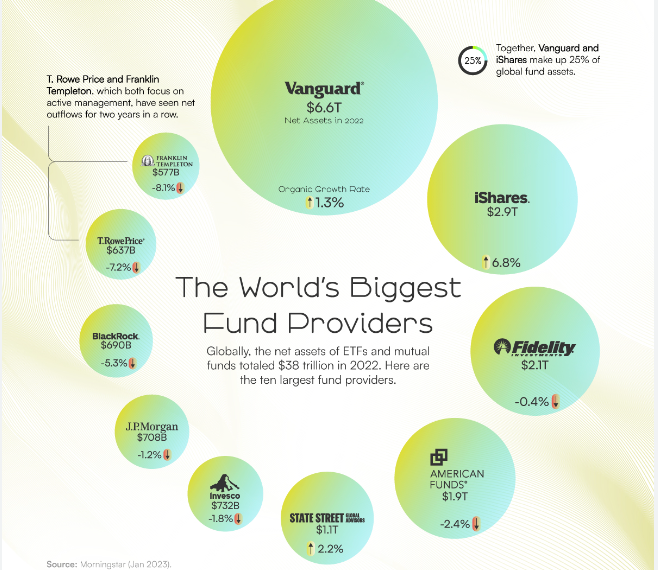Environmental, Social and Governance (ESG) Investing
- Eliav Amouyal
- Feb 19, 2023
- 2 min read
Updated: Jun 26

In the past, the primary goal of an investor would have been to be profitable. However, today, there are other factors that are also taken into consideration. For example, many investors choose to invest solely in companies that are ethically responsible. This means that a growing number of investors make the decision to invest in companies that have good morals.
In return, this action encourages companies to act responsibly; on top of producing good returns. The table below shows examples of what some investors may expect from a company.
Environmental | Social | Governance |
Climate change | Human rights | Transparacy |
Pollution | Working Conditions (health and safety) | Quality of management |
Waste production | Relations with employees | Board independence |
Preservation of natural resources | Relations with shareholders | Disclosure |
Consumption of energy | Product safety | Rights of shareholders |
Some investors choose to go one step further by only investing in companies that are socially responsible. This means that they don't invest in anything that they deem immoral. This can include businesses in the gambling industry, tobacco and alcohol industries and military equipment production.
The desire to have more ethical is becoming more popular amongst millennials. Moreover, these companies are becoming less risky investments, and potentially, achieving better results.
The upsides of ESG investing are that the investor is helping the environment, making a positive social impact and managing long-term financial risks. Having investors who only invest in ethically responsible companies encourages the companies to take action on what they do, to be more sustainable.
Additionally, research has shown that companies with better ESG practices are outperform others as they have lower volatility and higher returns in the long-term.
However, despite these advantages, there are also some downsides. These being that it reduces portfolio diversification, and can lead to greenwashing, when a company overstates their ESG practices.
Bibliography:
Alexander, C. (2022) ESG 101: What is environmental, social, and governance?, Glass Lewis. Available at: https://www.glasslewis.com/esg-101-what-is-environmental-social-and-governance/ (Accessed: February 17, 2023).
Meagher, P. (2023) ESG and Financial Performance, Learnsignal. Available at: https://www.learnsignal.com/blog/esg-financial-performance-positive-relationship/#:~:text=For%20example%2C%20a%20number%20of,returns%20over%20the%20long%2Dterm. (Accessed: March 29, 2023).
Molnar, J. (2022) ESG 101: What does social in ESG mean?, OneTrust. Available at: https://www.onetrust.com/blog/esg-101-what-does-social-in-esg-mean/#:~:text=ESG%20Social%20performance%20indicators%20can,supply%20chains%2C%20and%20local%20communities. (Accessed: February 17, 2023).
Zhou, M. (2023) Explaining the differences between ESG, Sri & Impact Investing, Investopedia. Investopedia. Available at: https://www.investopedia.com/financial-advisor/esg-sri-impact-investing-explaining-difference-clients/ (Accessed: February 17, 2023).



Comments